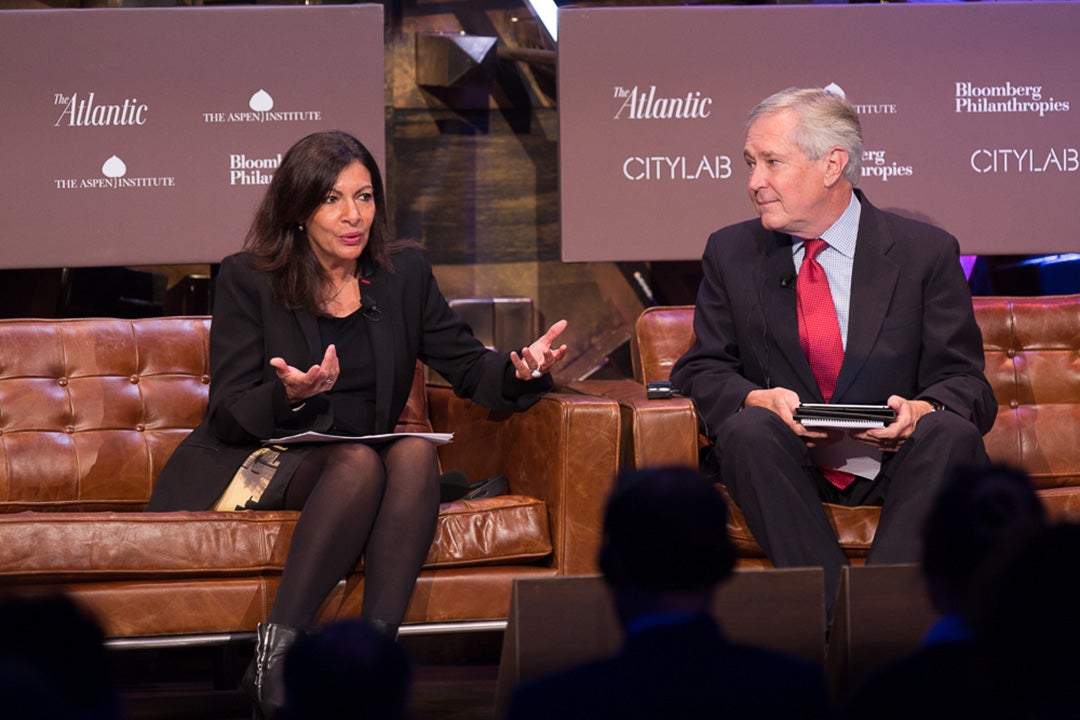As tactics for attacking urban areas evolve, city leaders are considering design tweaks to protect public spaces against vehicle attacks and other growing threats. They shared their ideas at CityLab Paris.

Wreaking havoc in dense, urban areas— open cafés and markets, tourist hotspots, and public transit has long been the modus operandi of terrorists. The tactics, however, are evolving. Vehicles have now become the new weapon of choice—and cities like Barcelona, London, and Nice in Europe, and Charlottesville in the US have recently experienced the trauma they can cause.
This new reality is reviving a conversation among city leaders and architects about design tweaks that can secure public spaces against future threats. “The public square, civic infrastructure, are the front lines against this kind of attack,” Thomas Vonier, president of the American Institute of Architects said at CityLab Paris. “We need to rethink places where large numbers of people congregate.”
According to Vonier, the solutions include deploying a higher number of patrolling officers, bollards guarding pedestrian walkways, more “choke points”— areas where people are scrutinized—and video camera technology that can detect loud sounds and sudden movement.
In Paris, which was the site of a major terrorist attack in 2015, some of these solutions are already in place: heavily armed police are often seen in transit hubs and public spaces, the city is considering robotic barriers to keep pedestrians safe, and work has already started on bullet-proof glass walls around the Eiffel Tower.
In the US, a debate has raged about whether these kinds of measures—many of which went into effect after 9/11—detract from the very purpose of public spaces: to be free, comfortable, and open for all.With each tragic mass shooting that takes place in US cities, that debate rekindles. There’s also the question of equity. Certain types of people may be disproportionately scrutinized as a result of their race, religion, or income. They may pay unfairly for something someone else did in the past, Vonier said, speaking of low-income populations, in particular. “That’s something we must be cognizant of and sensitive to.”
Of course, less intrusive tweaks can go a long way. One example is the sunken wall around the Washington Monument in Washington, DC. Recently, the European Commission released a new action plan, which allows cities to share effective but subtle solutions and fund them. “I think we can find the middle ground between closing down everything and security for citizens,”said Séverine Wernert, who is a part of the European Commission’s Security Union.
This article originally appeared at CityLab.


